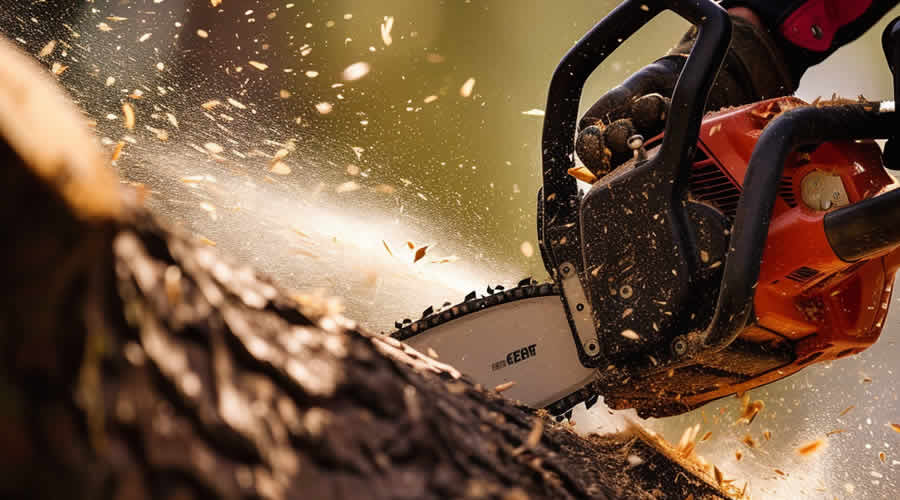Reasons To Remove Trees
Signs Your Tree Needs To Be Removed
Trees provide beauty, shade, and enjoyment for any landscape. However, there are times when tree removal becomes necessary. Knowing when to remove a tree can help protect private property, prevent hazards, and allow for future growth.
This article explores the top reasons you may need to consider the removal of tree from your yard.
1. Dead or Dying
If a tree is dead or dying from disease, insects, storm damage, or other causes, removal is usually the best option. A dead tree will eventually fall, decay, and serve as a home for unwanted pests. Removing it eliminates safety issues and allows you to plant a new, healthy tree in its place. Signs include dead branches, peeling bark, fungus growth, and lack of leaves.
2. Diseased Tree
Trees infected by fatal diseases like Dutch elm disease, oak wilt, and fire blight should be removed to prevent spreading illness to other landscape plants. Fungal infections, blights, and wilts can quickly kill them while infecting nearby trees. Taking out the infected tree removes the disease source and allows you to replant with a resistant tree species better suited for that location.
3. A Tree with Structural Weakness
Leaning tree trunks, damaged roots, decayed wood, or other structural defects can become safety hazards. A damaged tree may fail unexpectedly under stress. High winds and storms can cause it to snap or topple, crushing anything below. Risk assessments help diagnose hazardous trees prone to failure so they can be removed before causing property damage or injury.
4. A Tree Growing in Bad Locations
Sometimes an otherwise healthy tree ends up planted too close to a home’s foundation, a driveway, or utility lines on property. Surface roots can crack walkways while branches can interfere with buildings or power lines. Removing problem trees opens up valuable space while solving current issues and preventing future damage.
5. Hazard Tree
Large, aging trees with overextended branches hanging over homes or other structures qualify as hazardous. Weight imbalances make them prone to shedding heavy limbs which can crush roofing, vehicles, or people. Taking down unstable mature trees improves safety.
6. A Tree Causing Root Damage
Some tree roots can invade sewer pipes, push up sidewalks, undermine home foundations, and choke out established garden plants. Removing invaders eliminates existing root damage while preventing future destruction. Replacement options include staking fabric barriers or planting small or dwarf varieties.
7. Trees Limiting Space
Fast-growing shade trees towering over a yard eventually limit sunlight, views, and usable space. Limiting space is a common reason for tree removal. Removing overgrown trees allows for replanting smaller ornamental varieties or even establishing new vegetable and flower beds. Careful tree removal opens up opportunities for yard improvements.
8. Changing Sunlight and Shade Needs
As landscaping matures and family living patterns change, sunlight and shade requirements also change. Removing some established trees lets in needed light for new garden plots. Adding different species better meets evolving outdoor living space needs.
9. Reducing Fire Hazards
Areas prone to wildfires require regular tree thinning to decrease risks. Getting rid of dense, overgrown forests lowers the fuel supply during dry conditions. Removing targeted trees also reduces fire ladder hazards. A debris-free landscape on private land makes containment easier for firefighters to defend the property.
Legal Considerations
Before proceeding with tree removal, it is important to check if council approval or a tree preservation order is required, especially when dealing with significant trees on private land. Submitting a development application may be necessary to ensure compliance with local regulations.
Knowing the right reasons to remove landscape trees eliminates hazards while encouraging healthy new growth. Consulting professional arborists helps diagnose issues and identify ideal replacement options after taking them down. While tree removal may seem extreme, the safety benefits often outweigh emotional ties. Put safety first by taking out trees that threaten people or property. Then start fresh with suitable species planted in prime locations.


Leave A Comment
You must be logged in to post a comment.